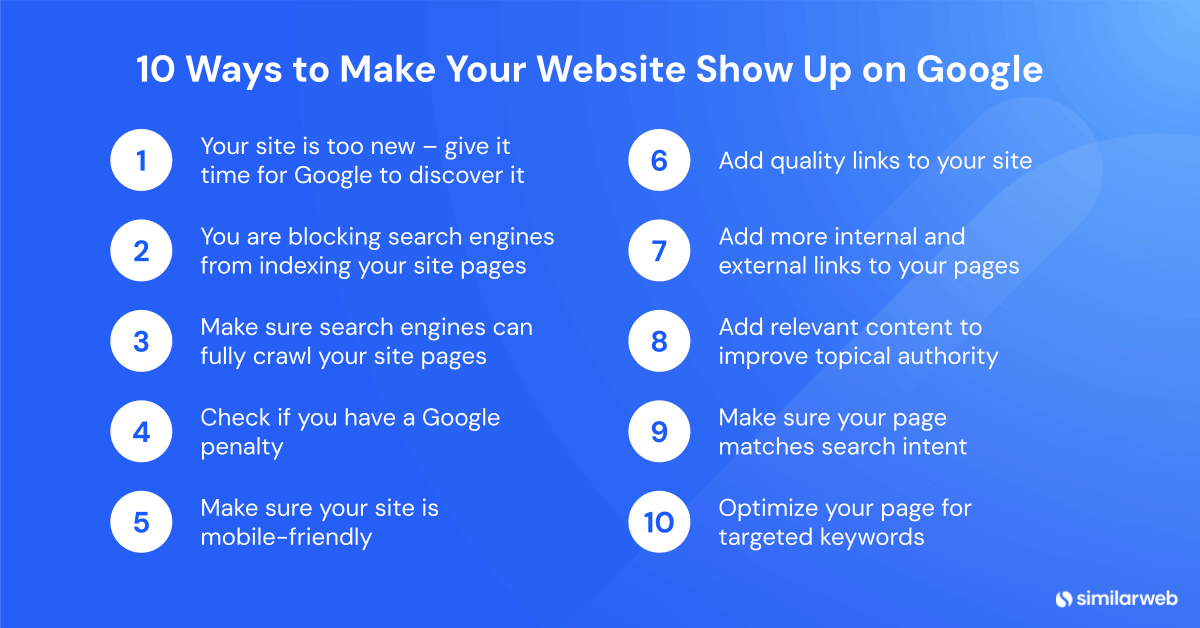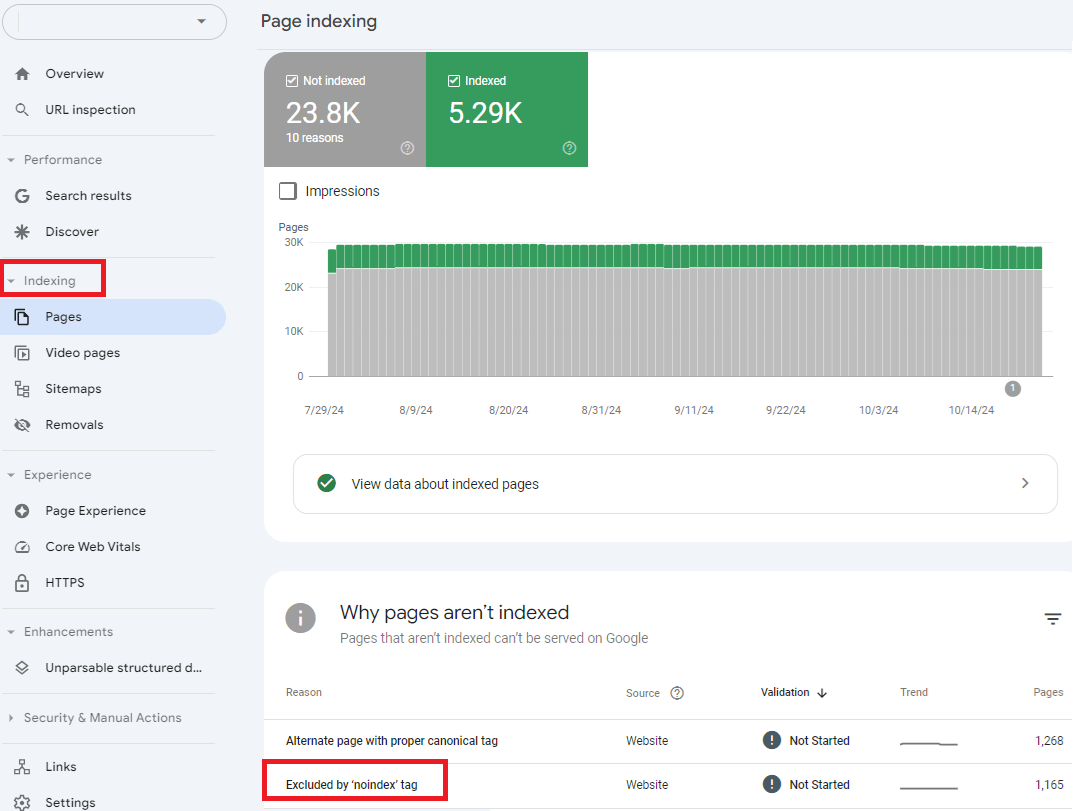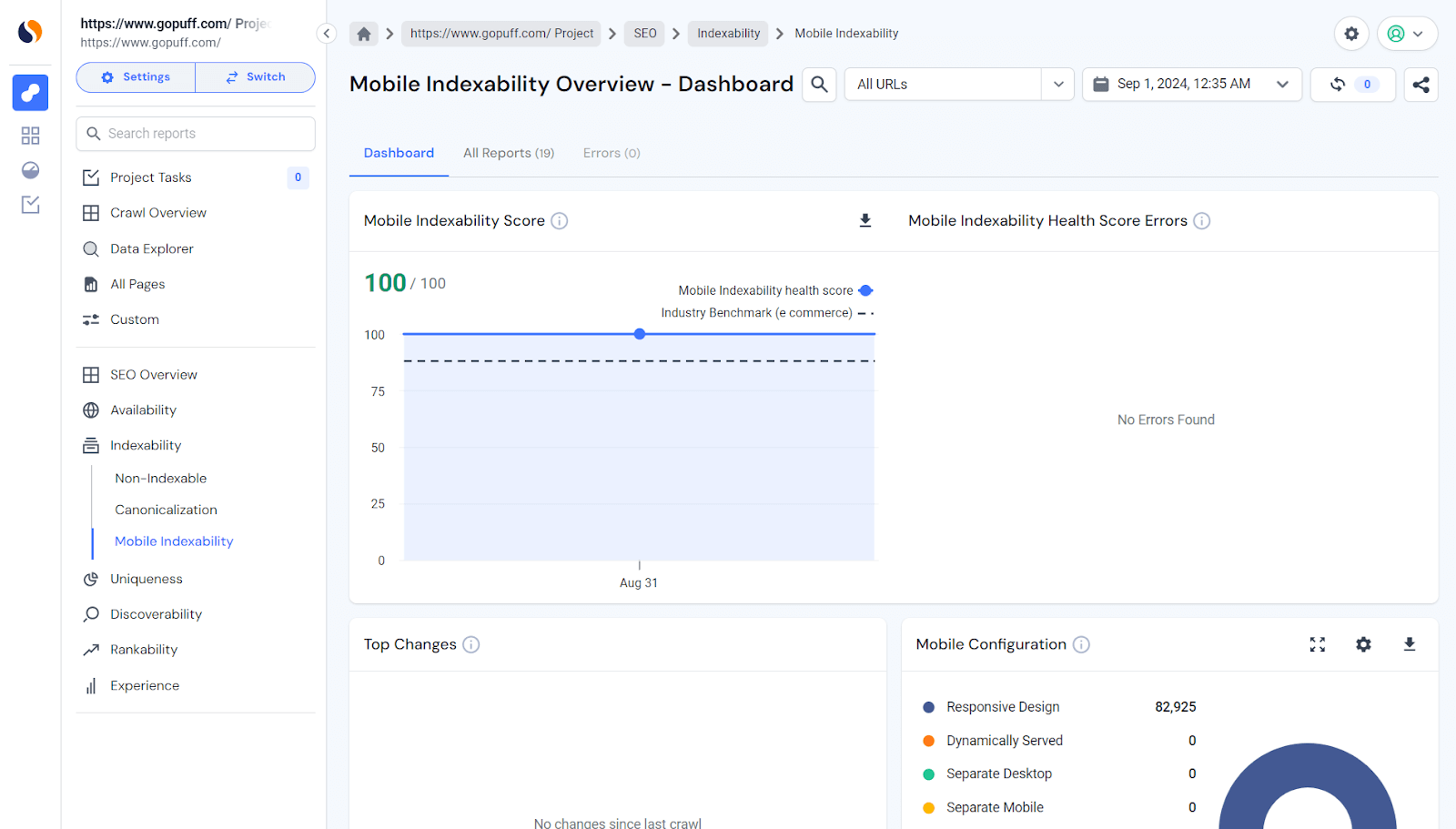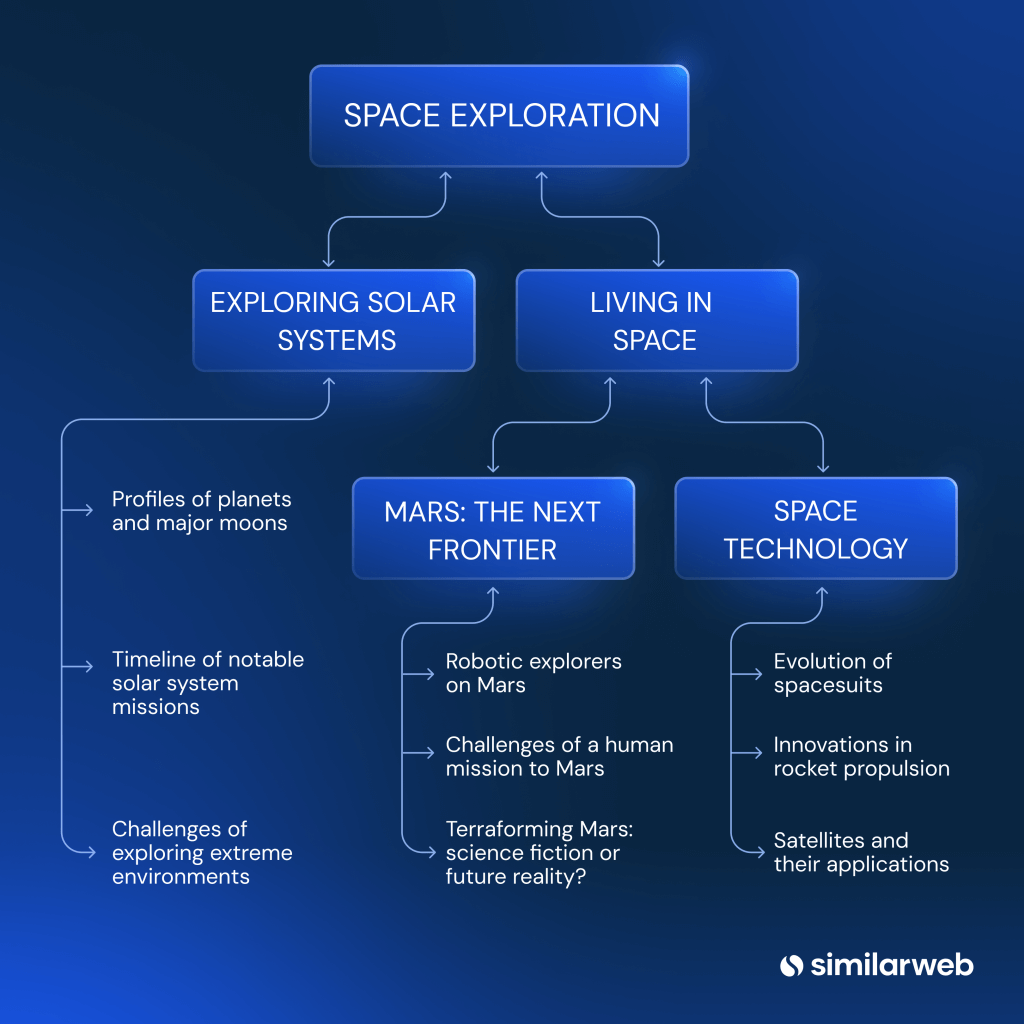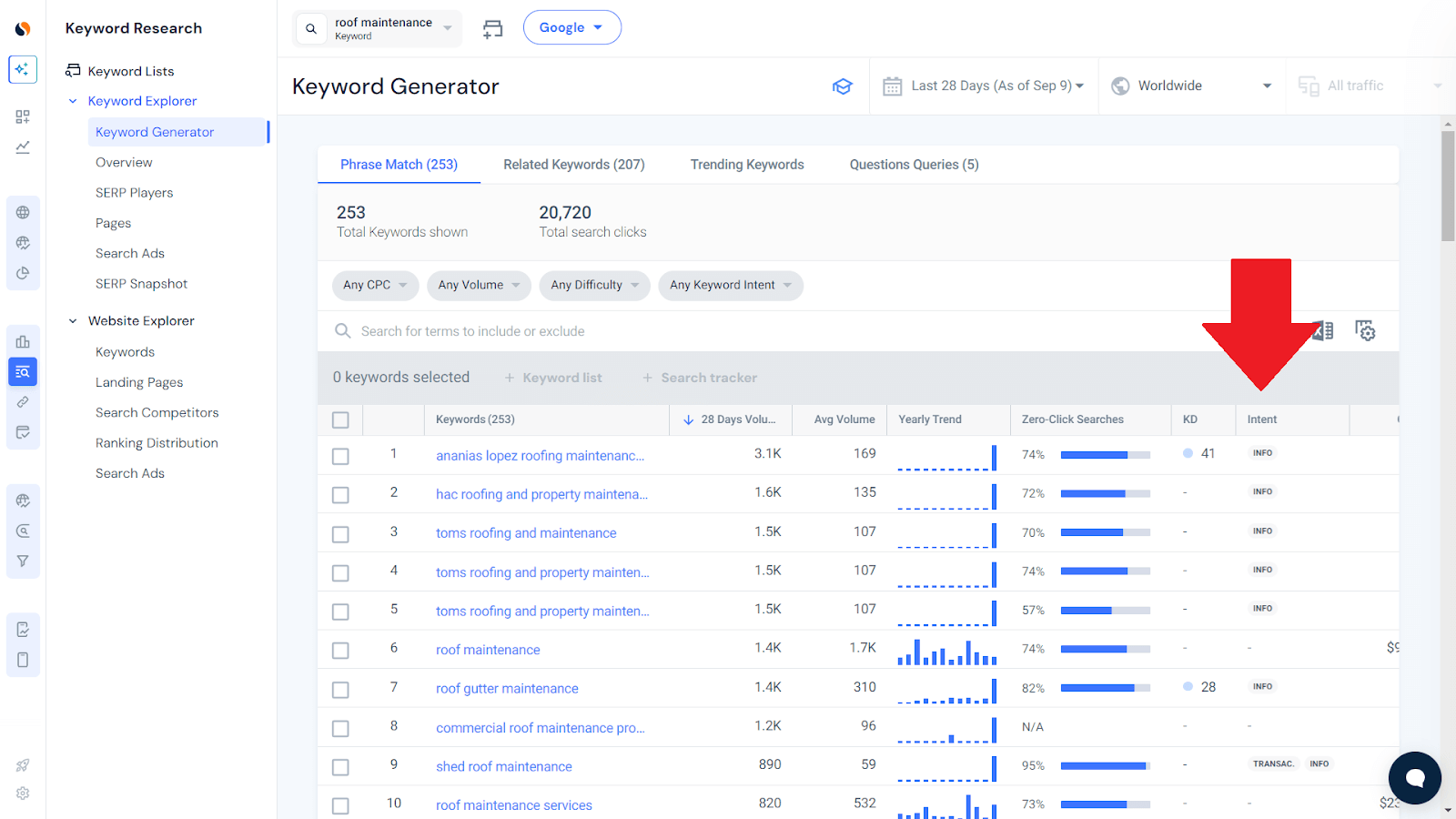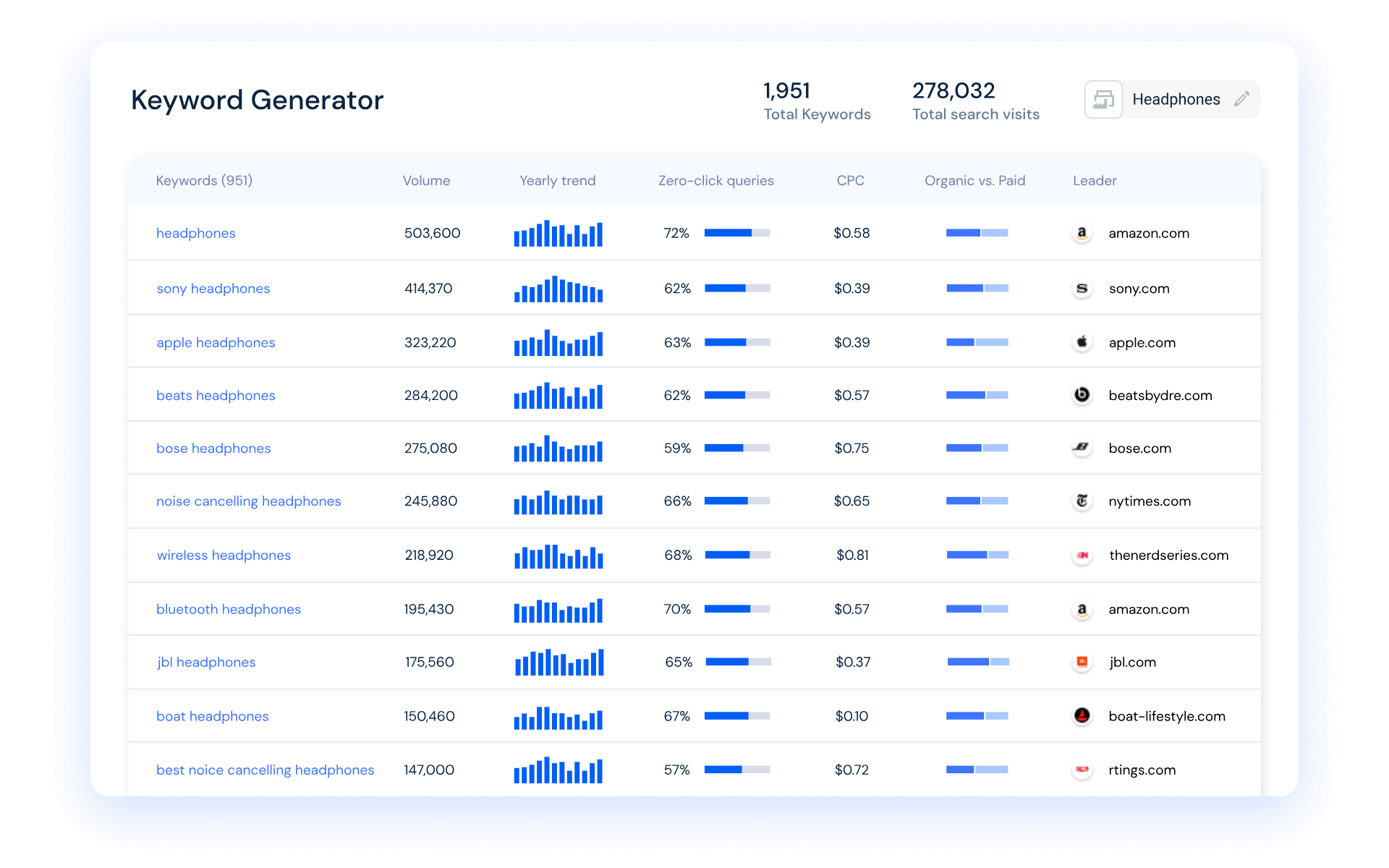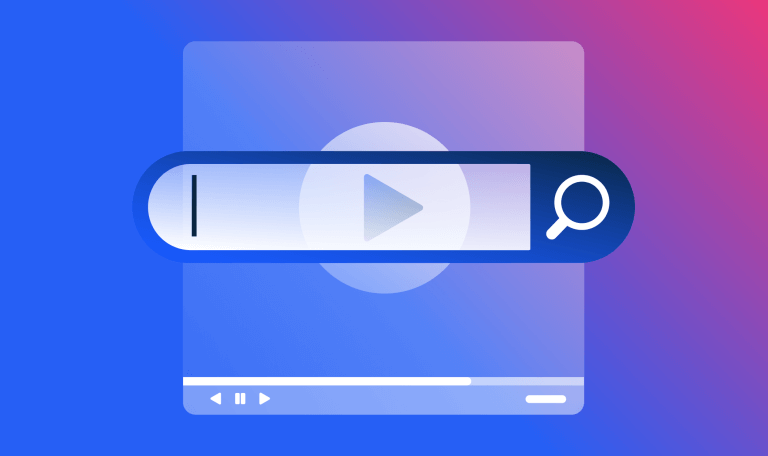10 Ways to Get Your Website to Show Up on Google

If you’ve been working hard on your website and you haven’t seen it pop up on Google, it can be incredibly frustrating. All that time you’ve spent crafting content, optimizing for search engines, and developing a user-friendly layout feels wasted if traffic isn’t coming through. You’re not alone – many businesses face the same issue and aren’t sure how to fix it.
The good news is, if this sounds familiar, there are concrete steps you can take to improve your visibility.
In this post, we’ll walk you through 10 actionable ways to help your website show up on Google. Plus, we’ll look at why your site might be hidden and how to fix it.
Is your website or webpage not showing up on Google?
There are different reasons your website might not be showing up—some affect the whole site, while others are specific to individual pages. And, the fixes differ too: site-wide issues need broader changes, while page-level problems require more targeted optimizations.
According to Similarweb data, 29% of websites receive no organic traffic at all. That’s huge! Site-wide issues can block your entire site from showing up in Google’s results, while page-level problems might only affect a handful of pages. Tackling these issues is crucial for boosting your visibility. By fixing these ongoing problems, you can improve your performance and attract more traffic.
1. Your site is too new – give it time for Google to discover it
Got a brand-new website that’s not showing up on Google yet? Often, it’s just a matter of time. Search engines need to find your new website and index its content, and this can take anywhere from several weeks to a few months.
In the meantime, focus on building a strong foundation. Create great content and aim to publish a few dozen pages. The more content you have, the more opportunities Google has to crawl and rank your site. So, patience is key!
Here’s a pro tip: share your site on social media to help Google discover it faster. Backlinks from people who discover your content on Facebook, LinkedIn, or Instagram profiles can signal to Google that there’s activity on your site. Plus, it raises awareness, drives traffic, and might even get others to share your content and link back to you.
2. You are blocking search engines from indexing your site pages
Accidentally blocking search engines from crawling your site is more common than you might think. If your robots.txt file or ‘noindex’ tags are stopping Google from crawling important pages, your site won’t appear in search results.
To check, use Google Search Console’s URL inspection tool.
Go to Google Search Console > Pages, and under “Why pages aren’t indexed,” you’ll see “Excluded by ‘noindex’ tag.” Clicking on this will show you any URLs blocked from being indexed. This quick check can help you resolve the issue fast, boosting your site’s visibility.
Another way to see them is to check your HTML for any ‘noindex’ tags that might have been dropped in during site development by mistake, or forgot to remove the ‘noidex’ tag before launching. Many site-development tools make it easy to accidentally add this sort of thing.
Google Search Console will provide you with detailed reports on your site’s indexing, which can help you pinpoint blocking errors and get them fixed quickly. Banishing these problems can have a dramatic impact on your site’s exposure.
3. Make sure search engines can fully crawl your site pages
Your site needs to be easily accessible to search engines (known as being ‘crawlable’).
Search engines find and index websites and pages by crawling through web links. They send automated bots, called spiders or crawlers, to follow these links and gather information about your pages. This data is then added to their index, which determines how and where your pages appear in search results.
Broken links, orphan pages, or poor internal linking can prevent Google’s crawler from fully accessing your site. To avoid this, use SEO tools to perform a technical site audit and fix these issues. This ensures that every page on your site is accessible to search engines, which is essential for people to find you online.
Regular technical audits help you catch crawling issues before they affect your rankings. With a detailed crawl report from Similarweb, you can address problem areas—whether it’s fixing broken links or improving the internal linking structure. Not only does this enhance user experience, but it also boosts your site’s overall performance.
4. Check if you have a Google penalty
If your site isn’t showing up on Google, you might be facing a Google penalty, which can seriously damage your rankings. A Google penalty is a sanction placed on a website for violating Google’s webmaster quality guidelines. This can happen through a manual action by Google’s team or be triggered automatically by an algorithm detecting violations.
A sudden drop in organic traffic can be a sign of a penalty. If you think your site has been penalized, check the ‘Manual Actions’ and ‘Security Issues’ sections in your Google Search Console under the ‘Security & Manual Actions’ tab. Any penalties will be listed there.
Penalties are often caused by black hat SEO tactics like keyword stuffing or buying backlinks. To recover, clean up your link profile, focus on creating high-quality content, and make sure your SEO strategies follow Google’s guidelines.
Regular monitoring can help you avoid penalties in the first place. If you believe the issues have been fixed, you can submit a reconsideration request in Google Search Console to let them know the problems have been resolved.
5. Make sure your site is mobile-friendly
Another reason your site is not showing up on Google may be that it is not mobile-friendly. Mobile-friendliness determines how easy it is to access and interact with a site on a mobile device.
Ever since Google started mobile-first indexing, having a mobile-friendly site is a must if you want your site to show up in their search results.
More than half of the world’s internet traffic is from mobile devices. This means mobile-friendliness is more important than ever before.
If you want to make your website is friendly for mobile users, you need to follow a lot of best practices, but two of them are the basis for everything, and these are responsive design and Core Web Vitals (CWV).
- The responsive design approach enables a website to present optimal viewing across any device or screen size
- CWV are a list of on-page user experience factors that Google believes are particularly important, such as loading speed, interactivity, and visual stability
How to check if your site is mobile-friendly
See whether your site is mobile-friendly with Similarweb’s SEO Audit tool. Go to ‘SEO’ then ‘Indexability’, and click on ‘Mobile Indexability’. Check that your pages are marked with the ‘Responsive Design’ tag to provide users with the best experience and help your site show up in search results.
Just by making your website mobile friendly, and making sure that it’s optimized for smartphone and tablet usability, you can greatly improve not just your SEO, but also user experience, engagement and conversion.
6. Add quality links to your site
Quality backlinks play a major role in Google’s ranking algorithm. Backlinks from reputable sites act like endorsements, signaling that your site is trustworthy and offers valuable content. Without quality backlinks, your chances of ranking well, especially in competitive markets, decrease.
There are some exceptions, though. Pages from highly authoritative sites can rank organically, even without backlinks, because Google already recognizes them as reliable sources. Similarly, pages targeting low-competition and low-volume keywords may rank with few or even zero backlinks.
Building authority-boosting backlinks involves creating content people want to link to, guest blogging on reputable sites, and reaching out to other sites to request backlinks to your content. Regularly monitoring your link profile with SEO tools will help you stay on top of your backlink strategy.
How to check quality links
You can review your site’s backlinks using Similarweb’s Site Audit tool. Simply click ‘crawl’ and then go to the ‘Source Summary’ report to analyze the results. Getting more links from high-quality sites will increase your site’s authority and improve overall search visibility.
7. Add more internal and external links to your pages
It’s also possible that your page doesn’t have enough links, both internally and externally. Therefore, adding links to a given page may help it show up (or rank higher) on the search results:
Backlinks
Quality backlinks can help establish authority for your site with search engines and help you rank better. If your site doesn’t have quality backlinks, it could be difficult for Google to discover you. With SEO tools such as Similarweb, you can check your backlinks by crawling them and looking at the Source Summary report.
Internal links
Internal links help to connect related content within your site and greatly improve the experience of your visitors. They also contribute to Google’s crawling and indexing and tall of web pages hierarchy and importance.
Without a clear set of internal links, important pages within your site might go undetected by Google, and never be indexed and appear in the search results. These links also help distribute page authority around to other pages on your site, which ultimately over time can increase your rankings.
8. Add relevant content to improve topical authority
Topical authority measures how authoritative and knowledgeable a website is in a specific subject area, which is critical for SEO. Search engines favor sites that demonstrate expertise and trustworthiness through frameworks like E-E-A-T (Experience, Expertise, Authoritativeness, and Trustworthiness).
Building topical authority means creating high-quality, relevant content around a subject using keyword mapping and topical maps. Conducting keyword research helps you understand what users are searching for and guides the topics you should cover. Regularly updating content also enhances authority, as search engines reward fresh, up-to-date information.
Structuring content through pillar pages and topic clusters strengthens your site’s topical authority, helping SEO, increasing organic traffic, and expanding backlink opportunities.
Once you’ve gathered all this information, it’s important to organize it into a topical map. This map should include a mindmap of topics and subtopics, along with a list of content assets aligned to each, like the example below:
9. Make sure your page matches search intent
Search intent refers to the reason behind a user’s search query—what they’re hoping to find when they enter a particular term. Are they looking for a product, a service, or information? Your content should match the intent behind your primary keywords.
For example, if someone searches for “roof maintenance,” they’re probably looking for a how-to guide. But if they search for “roof maintenance service,” they’re likely looking for a provider. Matching your content to the right intent can improve both user satisfaction and your rankings.
Misaligned content – like offering a blog post instead of a service page – can hurt both user experience and SEO rankings. Ensuring your content aligns with search intent is crucial for improving both.
How to find search intent
To figure out search intent, look at the type of content ranking for your target keywords. Study the top-ranking pages and model your content around them to best serve user expectations. You can increase user satisfaction by delivering answers to popular query variations clearly and concisely, which ultimately leads to more of the good stuff: a boost in organic traffic.
Furthermore, you can get a keyword’s search intent from Similarweb’s Keyword Research tool. Go to the platform, click ‘Keywords Research’ and then ‘Keyword Generator’, enter your keyword, and there’s an ‘Intent’ column. This tool will help you to better understand the intent behind the search query and serve your content strategy.
10. Optimize your page for targeted keywords
Targeting keywords means choosing specific words or phrases that users search for, and are related to your page. These keywords guide search engines to match your content with relevant queries, making them essential for driving traffic and improving your search rankings.
Add targeted keywords to your meta titles, descriptions, headings and body content. Use Similarweb’s Keyword Generator to find keywords that are related to your business, and update them regularly based on performance metrics.
Content optimization also involves the use of secondary keywords. A thorough keyword analysis can identify new opportunities and can help you optimize your content accordingly. A regular assessment of the keyword strategy will help keep your content buoyant. It can help you ride the crests of search trends and user behavior.
For new sites, it’s often easier to rank for long-tail keywords, because they have lower search volume and lower competition. You can discover these using the Similarweb Keyword Research tool.
Improve your website’s search engine presence
Addressing the issues that impact your website’s visibility on Google is essential. Whether it’s improving your content, optimizing for mobile, or building backlinks, these practices are key to getting your site indexed and showing up in search results. By implementing these best practices, you’ll not only improve your rankings but also make your site more discoverable to a wider audience.
Many of these efforts aren’t just one-time fixes; they’re part of an ongoing SEO strategy to maintain and enhance your site’s search engine presence. By adopting these strategies, you’ll help ensure that your website stays visible and competitive in search results.
With Similarweb’s Digital Marketing intelligence, you can review your site’s performance, uncover new opportunities, monitor technical SEO issues, and fine-tune areas to boost visibility and drive more traffic.
With the right SEO tools, your next big growth opportunity is just within reach.
FAQs
How long does it take for a new website to show up on Google?
It usually takes between several weeks and several months for a new website to be indexed by Google. Sending traffic to the site, for example through social media promotion, helps speed up the process.
Why is my website not ranking for keywords?
Your website might not rank due to many reasons. Some common ones are poor keyword optimization, technical SEO issues, and insufficient backlinks. Improving these aspects and regularly updating your strategy can boost your rankings.
Sources
The #1 keyword research tool
Give it a try or talk to our marketing team — don’t worry, it’s free!

